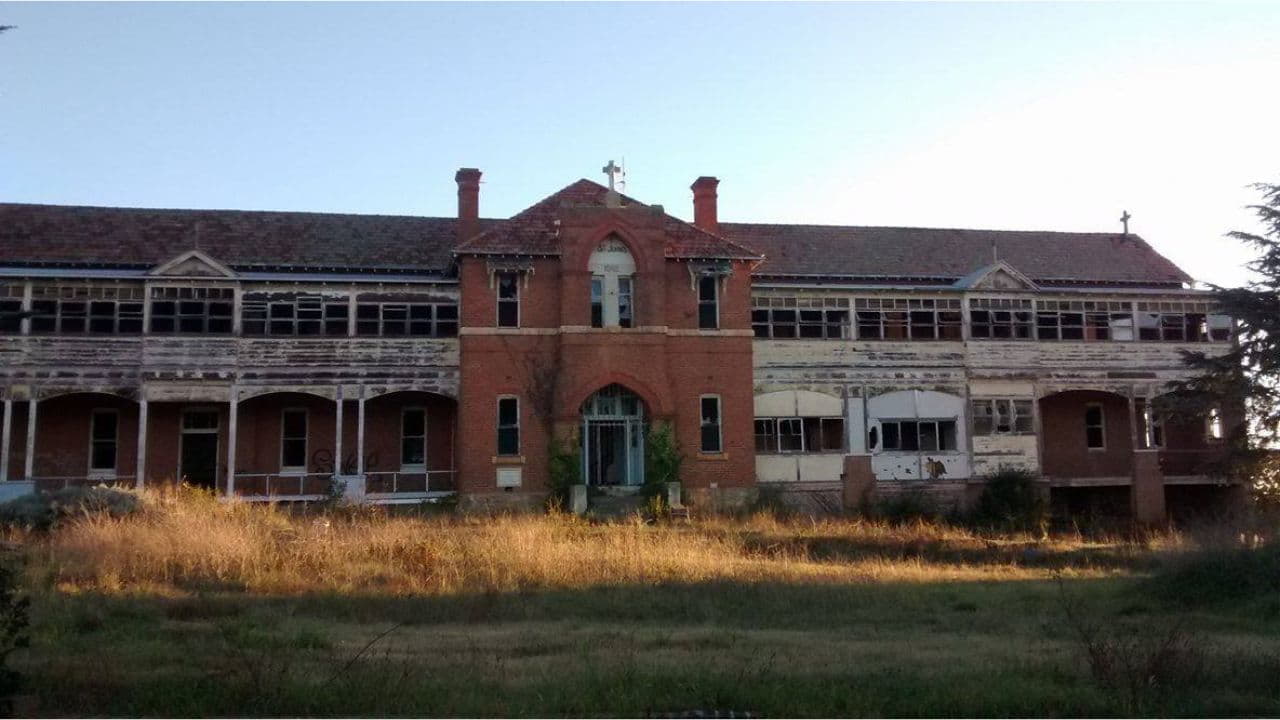South Australia has a rich history of child welfare institutions, many of which have left a lasting mark on the local landscape.
While these orphanage homes no longer serve their original purpose, the buildings and sites remain significant for their heritage, architecture, and cultural impact.
From coastal landmarks to hillside retreats, these locations offer a unique way to connect with the past while exploring the state today.
Disclaimer: Information about each orphanage home in South Australia is based on historical sources and may differ from current conditions.
Please check with local councils or property owners before visiting, as access may vary.
1. St Vincent de Paul Orphanage – Goodwood/Millswood Landmark
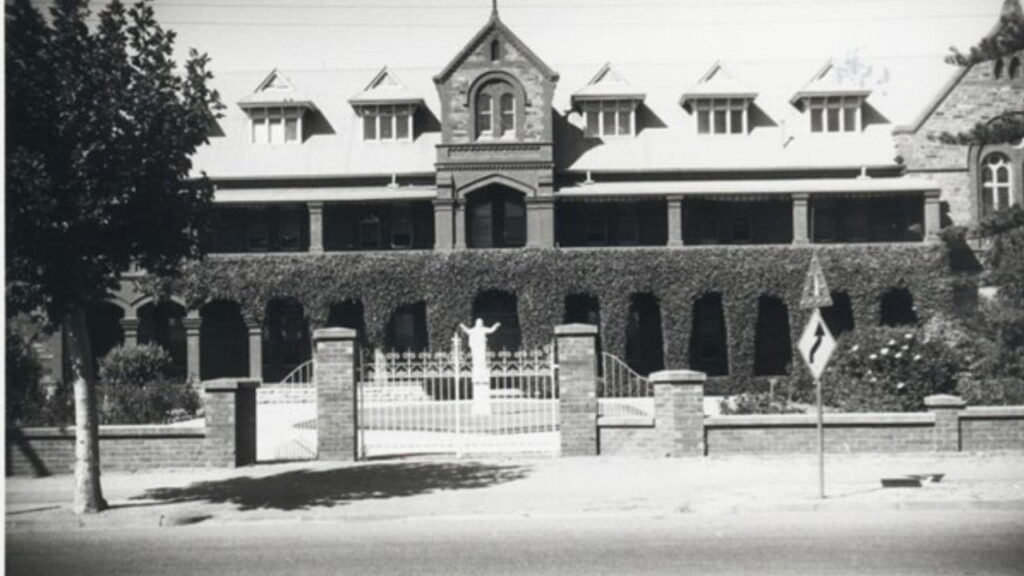
Originally opened in 1866, the St Vincent de Paul Orphanage served as a Catholic run home for children until its closure in 1975.
Its distinct architectural presence along Goodwood Road continues to be a familiar sight for locals and visitors.
This heritage building stands as a reminder of the social welfare approaches of the late 19th and early 20th centuries.
Contact & Location
- St Vincent de Paul Orphanage, 181 Goodwood Road (corner Mitchell Street), Millswood, SA 5034
- Website: Find & Connect – St Vincent de Paul Orphanage
Opening Hours
| Day | Hours |
|---|---|
| Monday | N/A – heritage site |
| Tuesday | N/A – heritage site |
| Wednesday | N/A – heritage site |
| Thursday | N/A – heritage site |
| Friday | N/A – heritage site |
| Saturday | N/A – heritage site |
| Sunday | N/A – heritage site |
Special Notes:
- Public viewing from street available
- Not open for internal public tours
Key features
The site’s historical significance lies in its original layout and preserved façade. Visitors can still admire the classic stone architecture and location near community hubs.
- Heritage-listed architecture
- Corner location offering high visibility from Goodwood Road
- Close to Goodwood Oval and Millswood train station
Though no longer functioning, people often ask whether they can enter the building the answer is no, as it’s privately used today. However, the exterior is worth a visit for those interested in local history.
Why It’s Worth Seeing
The orphanage’s unique frontage and historical legacy make it an iconic stop for heritage walks through Millswood.
Its proximity to local cafes and public spaces adds to its appeal for casual explorers.
2. The Orphan Home / Farr House – Upper Mitcham’s Heritage Gem
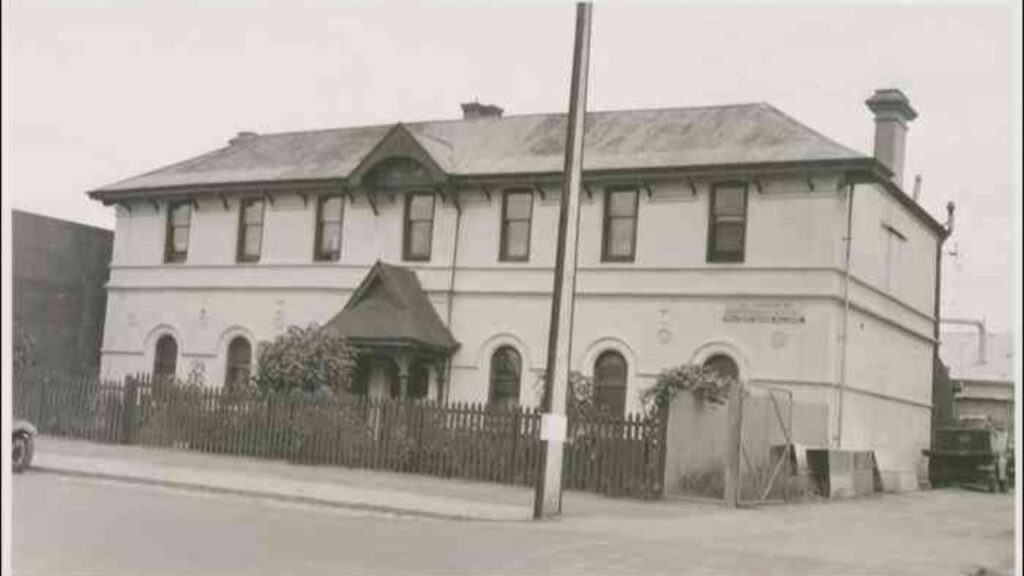
Established in 1860 for primary aged girls, The Orphan Home in Upper Mitcham became known as Farr House later in its life.
It was run by the Anglican Church until its closure in 1935. The building’s original footprint and surrounding greenery highlight the area’s past community focused living spaces.
Contact & Location
- The Orphan Home / Farr House, 588 Fullarton Road, Upper Mitcham, SA 5062
- Website: Find & Connect – The Orphan Home entry
Opening Hours
| Day | Hours |
|---|---|
| Monday | N/A – heritage site |
| Tuesday | N/A – heritage site |
| Wednesday | N/A – heritage site |
| Thursday | N/A – heritage site |
| Friday | N/A – heritage site |
| Saturday | N/A – heritage site |
| Sunday | N/A – heritage site |
Special Notes:
- Viewing from public road only
- Located in a quiet residential suburb
Key features
A 16-room building originally equipped with gardens and play areas, reflecting its early use for children’s welfare.
- Historic Anglican institution
- Large block with heritage trees
- Proximity to scenic foothills
Locals sometimes wonder if the gardens still exist while the formal gardens are no longer public, the mature trees and landscape hint at the property’s original charm.
Why It’s Worth Seeing
Its location close to the Adelaide foothills makes it perfect for combining a heritage stop with a day out in Upper Mitcham’s leafy surrounds.
3. Morialta Protestant Children’s Home – Norton Summit’s Historic Hillside
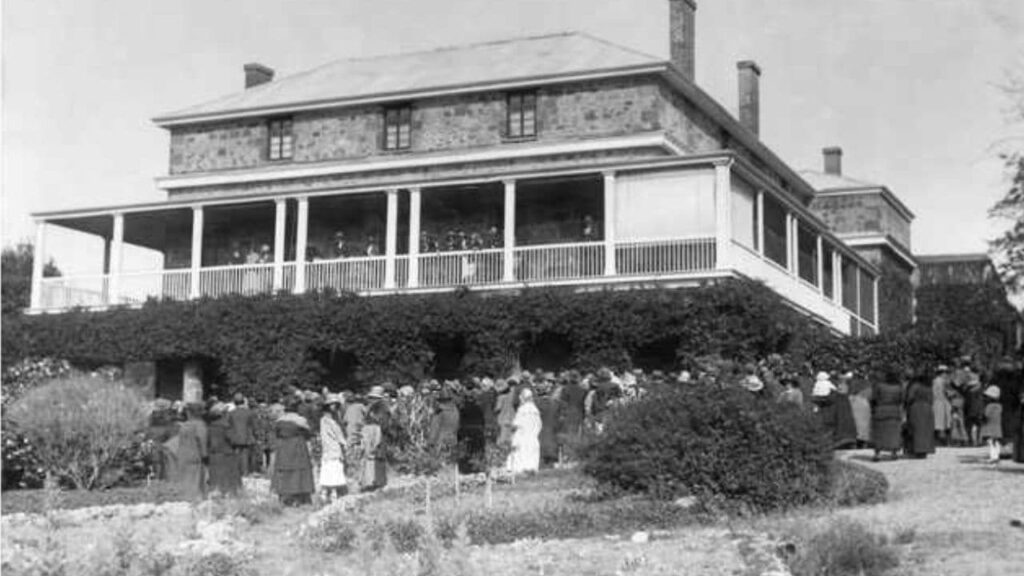
Opening in 1924, the Morialta Protestant Children’s Home operated for fifty years, offering care and agricultural training for children in the Adelaide Hills.
Its rural location near Norton Summit provided open air, orchards, and farmland as part of the residents’ daily life.
Since closing in 1974, the property has been used as a youth holiday camp, retaining much of its outdoor character.
Contact & Location
- Morialta Protestant Children’s Home, near Norton Summit Road, Norton Summit, SA 5136
- Website: Wikipedia – Morialta Protestant Children’s Home
Opening Hours
| Day | Hours |
|---|---|
| Monday | N/A – heritage site |
| Tuesday | N/A – heritage site |
| Wednesday | N/A – heritage site |
| Thursday | N/A – heritage site |
| Friday | N/A – heritage site |
| Saturday | N/A – heritage site |
| Sunday | N/A – heritage site |
Special Notes:
- Private camp operations on site
- Rural access road, parking nearby
Key features
With large grounds and heritage buildings, the property has preserved much of its early design.
- Former orchard and farm plots
- Hillside location with scenic views
- Now serving as a youth recreation venue
Visitors sometimes ask if the orchards are still producing while the original farm operations have ceased, the site retains open green areas and mature fruit trees.
Why It’s Worth Seeing
The location’s combination of history and natural beauty makes it a must see for those exploring Norton Summit’s trails and viewpoints.
4. St Joseph’s Orphanage – Coastal History at Largs Bay
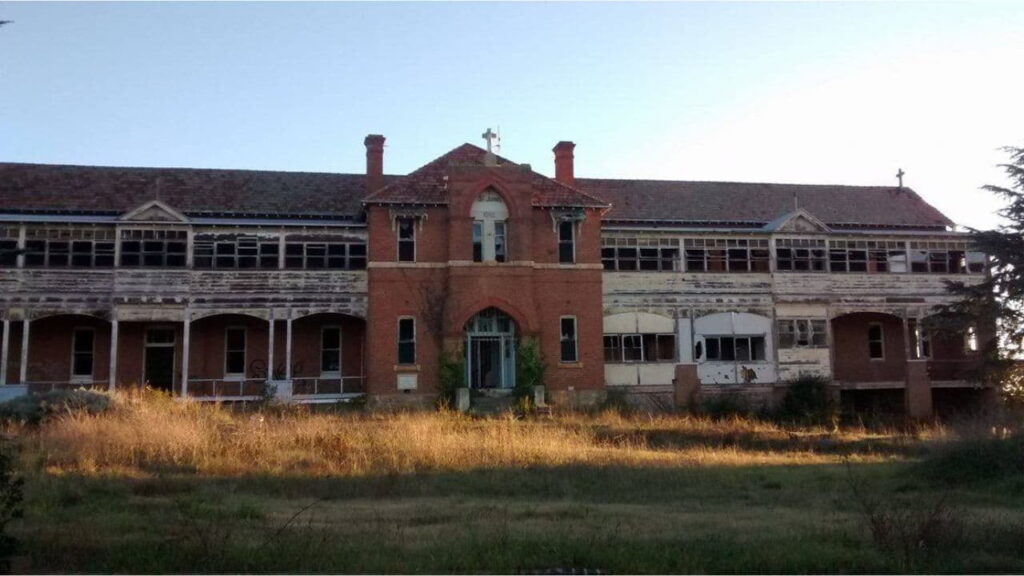
Run by the Sisters of St Joseph from 1903 to 1980, this seaside orphanage took advantage of its coastal setting to promote health and wellbeing.
Large gardens, fresh sea air, and spacious grounds were integral to daily life for the children who lived here. Today, the building still stands as part of the Largs Bay streetscape.
Contact & Location
- St Joseph’s Orphanage, The Esplanade, Largs Bay, SA 5016
- Website: CLAN – St Joseph’s Orphanage
Opening Hours
| Day | Hours |
|---|---|
| Monday | N/A – heritage site |
| Tuesday | N/A – heritage site |
| Wednesday | N/A – heritage site |
| Thursday | N/A – heritage site |
| Friday | N/A – heritage site |
| Saturday | N/A – heritage site |
| Sunday | N/A – heritage site |
Special Notes:
- Exterior view from The Esplanade
- Close to local cafes and Largs Bay Jetty
Key features
This site’s appeal lies in its coastal position and expansive grounds.
- Heritage seaside architecture
- Prime location on The Esplanade
- Easy access to beach walkways
Some locals ask if any part of the property is open to visitors it’s not, but its exterior is easily admired during a coastal walk.
Why It’s Worth Seeing
Its location on The Esplanade makes it a perfect inclusion on a Largs Bay heritage stroll, especially for those already enjoying the beach and jetty.
5. St Francis House – Semaphore South’s Cultural Landmark
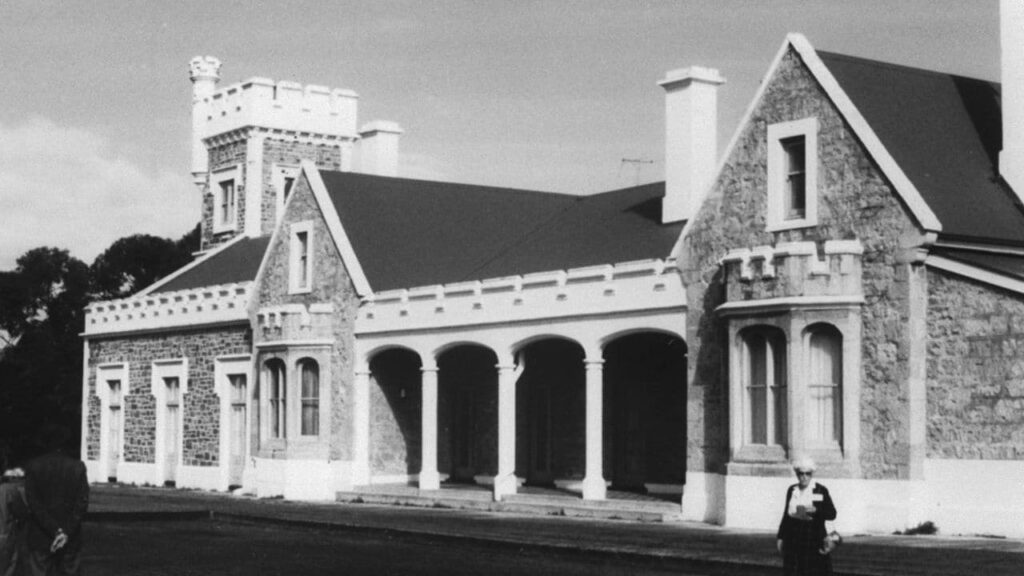
Operating between 1946 and 1959, St Francis House was established to support Aboriginal boys from inland Australia in accessing education while maintaining cultural identity.
Housed in heritage listed Glanville Hall, the institution has a deep social and cultural significance in South Australia’s history.
Contact & Location
- St Francis House, Glanville Hall, 8 Park Avenue, Semaphore South, SA 5019
- Website: Wikipedia – St Francis House
Opening Hours
| Day | Hours |
|---|---|
| Monday | N/A – heritage site |
| Tuesday | N/A – heritage site |
| Wednesday | N/A – heritage site |
| Thursday | N/A – heritage site |
| Friday | N/A – heritage site |
| Saturday | N/A – heritage site |
| Sunday | N/A – heritage site |
Special Notes:
- Building remains privately used
- Visible from surrounding streets and park
Key features
Known for its role in Indigenous education, St Francis House stands as a symbol of community and resilience.
- Located within heritage listed Glanville Hall
- Close to Semaphore beach and foreshore
- Strong connections to notable Aboriginal figures
People often ask if the hall hosts events while it’s not generally open to the public, it occasionally features in heritage tours or cultural programs.
Why It’s Worth Seeing
For those in Semaphore South or visiting nearby Port Adelaide, it’s an essential heritage site to include in any local history itinerary, highlighting important chapters in Australia’s cultural story.
